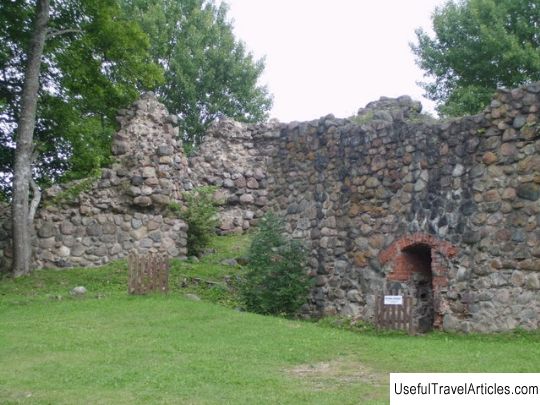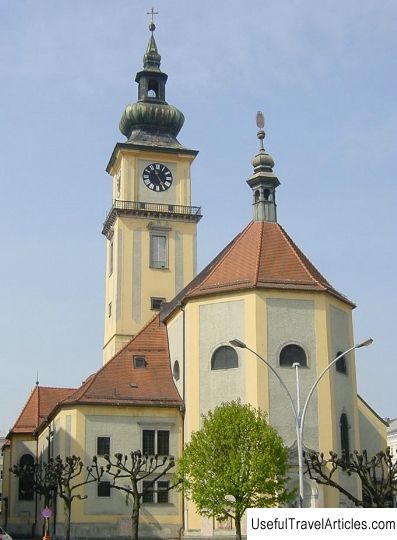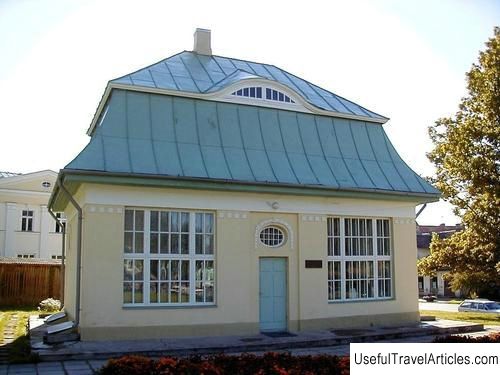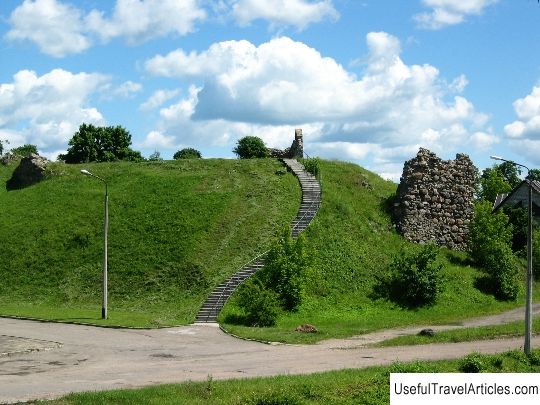Marienburg Castle description and photos - Latvia: Aluksne
Rating: 8,3/10 (865 votes) 
Marienburg Castle description and photos - Latvia: Aluksne. Detailed information about the attraction. Description, photographs and a map showing the nearest significant objects. The name in English is Marienburg Castle. Photo and descriptionThe Marienburg Castle, built by the Livonian Order, is located in the Aluksne region. Almost nothing remains of the Marienburg castle. However, there is a legend about clay pots filled to the brim with gold, which are kept either in the basements of the castle or in the local surroundings. The ruins of the Marienburg Castle are located on an island in the southern part of Lake Aluksne and form an irregular hexagon. The island is still called Marias. The castle is called Marienburg castle, because until 1917 the town of Aluksne was called Marienburg in honor of the Virgin Mary. From the Marienburg castle to the Kapsetas peninsula, a 120-meter long bridge passed. Part of the bridge, if necessary, was raised. The castle was 200 meters long and 100 meters wide. The castle was surrounded by a fortress wall, which was about 2 meters wide and 10 meters high. There were 8 towers on the territory of the castle, which were located along the perimeter of the walls. Each tower had a diameter of 10-14 meters. Marienburg Castle was founded in 1341 by the Order of the Livonian Order, Burkhard Dreileven. The fortress was built to protect Livonia from the raids of Russian troops. The castle was regularly attacked by Russians, Poles and Swedes. In 1658, the city of Marienburg was captured by Russian troops led by Afanasy Nasakin, and given to Russia. However, after 4 years, according to the Kardis Treaty, he departs to Sweden. In 1702, the castle was again besieged by Russian troops under the command of Count Sheremetev. The count orders to carry out excavation work here for the device of artillery. These embankments have survived to this day. Many do not even suppose that they are part of siege work, and not a natural landscape. Interestingly, the folk legend says that the mountain was dragged by Russian soldiers in their own hats. But why and for what purpose, history is silent. Nevertheless, there is a version that Sheremetev, guided by the order of Peter I, was looking for the Templar treasures buried near the castle here. The use of more serious embankments was prohibited. This was done so that people did not have the opportunity to hide the finds. That is why the piled mountain is called Temple Kalns. Translated from the Latvian language means "Temple Mount", but the name specifically indicates the Templars. But in the chronicles the smaller mountain that existed here before the arrival of the Crusaders contained a wooden Latgalian fortress. According to another version, it is known that the mountain had been called so since 1807, when a monument was erected here - the Temple of Glory to the soldiers (Russians and Swedes) who fought for Marienburg. In the 15th century, the castle walls were thickened in some places up to two meters, in features under the windows. It is believed that it was in these places that the Templars hid their treasures. They say that in 1702 the castle was blown up, which made it possible to get to the gold, on which Peter I built the city of St. Petersburg. The castle was blown up after a two-week siege. The Swedish troops surrendered and left the castle with weapons and banners. But 2 Swedish officers destroyed the fortifications, blowing them up so that the Russians would not get them. Since then, Aluksne Castle has never been restored. An open stage has been created in the ruins of the castle.        We also recommend reading Dernier Waterfall description and photos - Dominica Topic: Marienburg Castle description and photos - Latvia: Aluksne. |




